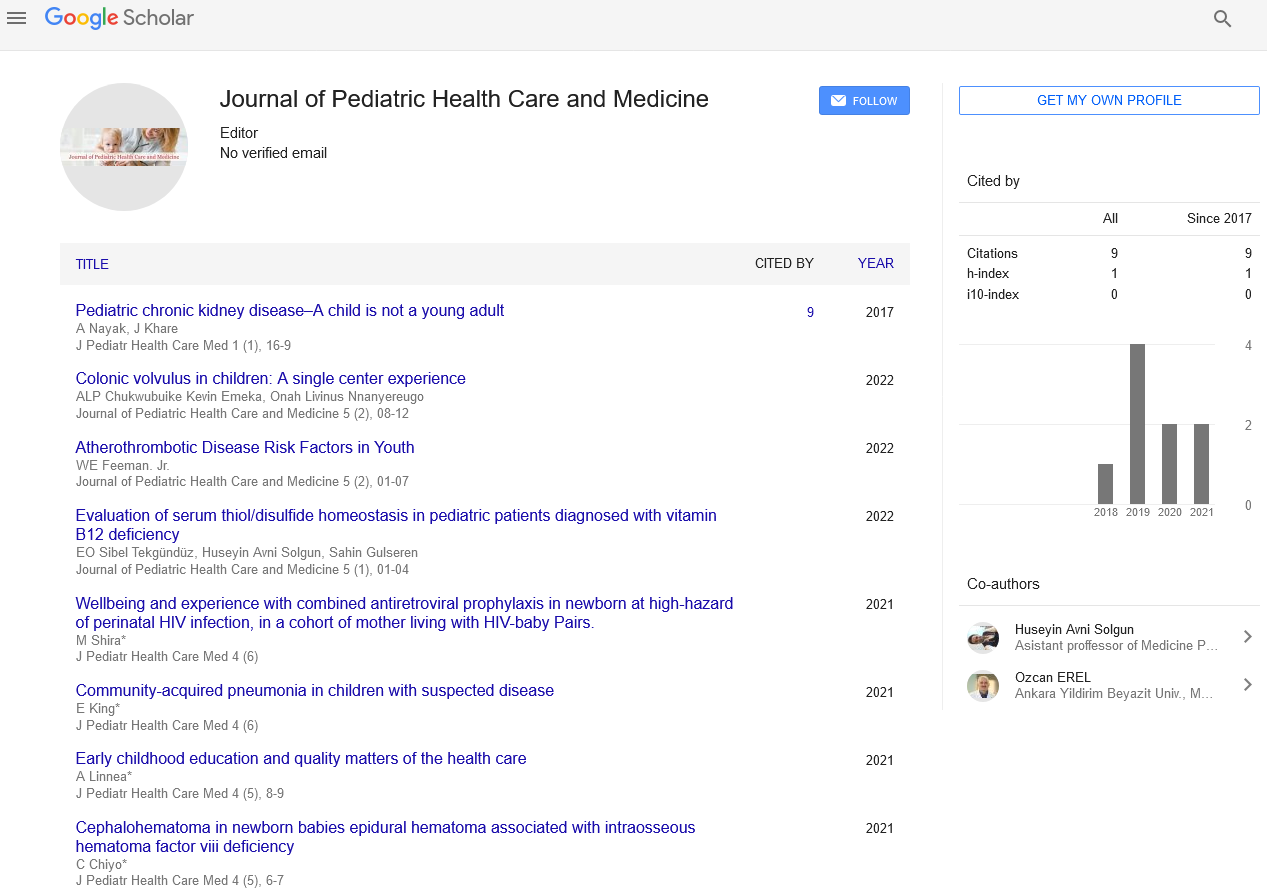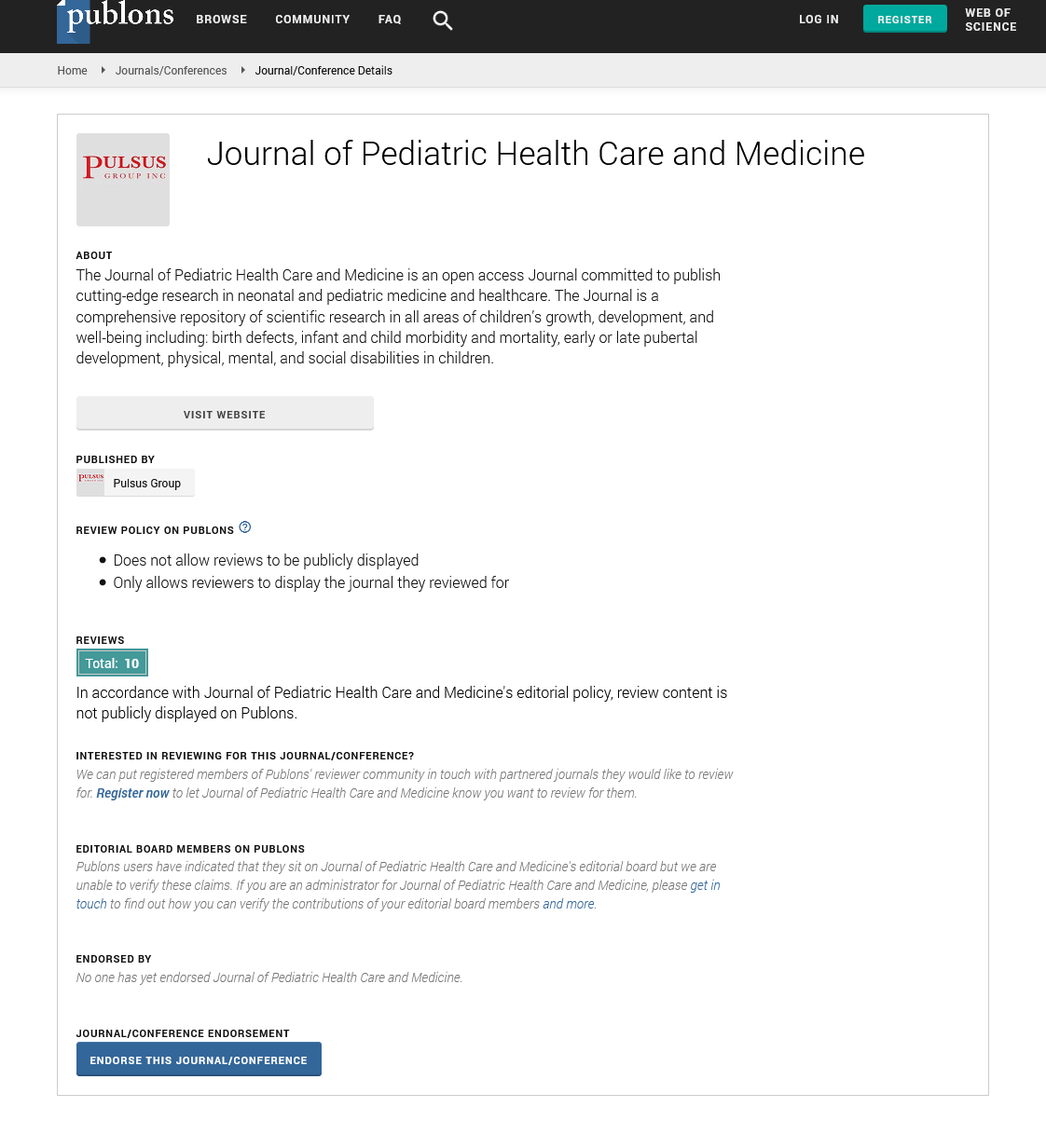
Sign up for email alert when new content gets added: Sign up
Infants, video viewing and learning
14th World Pediatrics & Neonatal Healthcare Conference
September 11-12, 2017 Los Angeles, CA, USA
Shoshana Dayanim
Keiser University, USA
Keynote: J Pediatr Health Care Med
Abstract :
There is no question that children today are immersed in technology. They are exposed to video and technology from the youngest ages, even before they can hold a device. There is strong evidence that preschool and school aged children can learn from quality television programming, however, the research concerning infants 18 months and younger is limited, offers little evidence of possible benefits, and questions the adverse impact video may have on cognitive development. Despite the recommendations from the American Academy of Pediatrics that children younger than 18 months should refrain from screen media, with the exception of video chatting, videos targeted toward infants continue to saturate the market. Many of these videos purport to enhance infant vocabulary and language development. Because the use of baby signs enhances infants√ʬ?¬? communicative repertoire and appears to serve the same communicative functions as words for young children, baby signs offer the opportunity to examine the efficacy of video instruction towards infant language development in a controlled experiment. This talk will provide a brief overview of the existing research on the impact of video viewing on infant cognitive development, and will focus on the findings of a four-week longitudinal experiment that investigated 15-monthold√ʬ?¬?s ability to learn american sign language signs from at-home viewing of instructional video, either with or without parent support, compared to traditional parent instruction and a no-exposure control condition. Forcedchoice, elicited production, and parent report measures indicate learning occurred across exposure and testing conditions. This constitutes the first experimental evidence of infants√ʬ?¬? ability to learn expressive communication from commercially available educational videos. These findings offer educators and physicians evidence based insights to help parents make the best choices available concerning infant screen time.
Biography :
Shoshana Dayanim earned an MA Degree in Creative Arts Therapy, and practiced as a Psychotherapist for several years before returning to school to earn her PhD in Applied Developmental Psychology from Fordham University and completing a Post-doctoral Fellowship at Emory University. Her research interests focus on the effects of television and technology on child development and ranges from infancy through adolescence. She has served as an Analyst and Research Consultant for various organizations involved in the development of educational media for children. She currently is the Chair of the IRB and Professor of Psychology at Keiser University.





